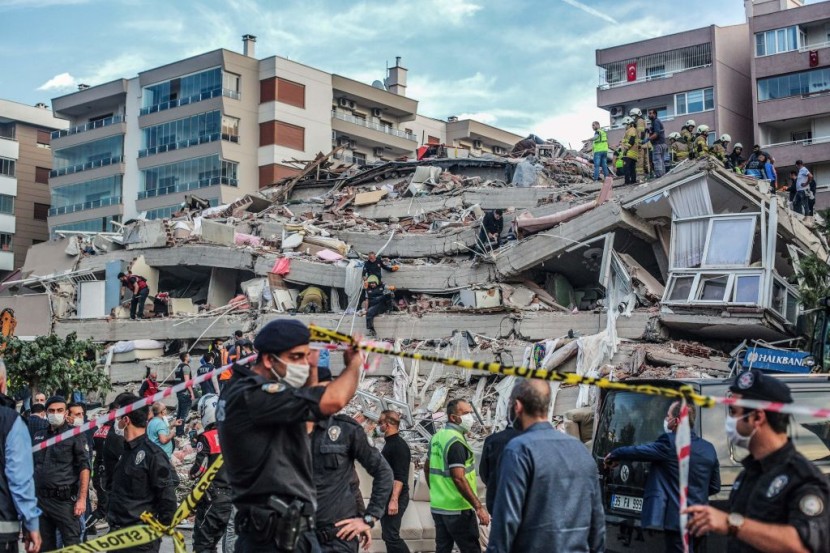
Earthquake discovery in a new study of risk wants models that predict when movement in the Earth's crust has another layer.
Tectonic movement influences future movement that will produce earthquakes later on; not accounted for in its current predictive models. Until now, it was thought of as a random event, but it could not be accounted for by devising new risk models.
Tectonic plates Are in Constant Motion
According to SciTech Daily, scientists from the University of Copenhagen have revealed that predictive risk models for future quakes need an overhaul due to the new implications it needs to represent.
Tectonic plates make up Earth's surface like a jigsaw with different pieces. They are floating in molten rock and have had constant movement since their mantle formation. Whenever movement happens on the crustal plates, an earthquake will follow next, destroying cities and killing thousands.
Scientists who study these crustal movements agree that a one-way mechanism generates it when there is movement in the borders of tectonic plates, where energy is gathered and released to cause a quake. It has been going on for several billion years, shaping the continents and surface of the Earth perpetually, with its slip and slide action.
Researchers from the Geology Section at the University of Copenhagen specializing in Earth Science; the members of the study claim they deduced that tectonic plates as they move would determine what happens in the future, noted Mirage News.
Researchers established that the Anatolian continental plate is the earthquake discovery mentioned by the Geological Society that Turkey rests on has changed position. Risk models after the earthquake based on comprehensive GPS data and analysis of the 1999 Izmit earthquake are needed.
The 1999 Izmit quake has affected all the tremors in Turkey 1999, based on its data. The old way quakes occur as one way is incorrect and not as simple as assumed. These crustal plates caused newly discovered feedback while moving, said the leader of the study postdoctorate, Juan Martin De Blas. If a tectonic plate alters movement with a different rate, then flux along the borders makes quakes hard to predict.
Quake Risk Models Are Inaccurate
Associate Professor Giampiero Iaffaldano, a co-author, remarked that quakes are random, not predictable. Feedback for quakes that now include direction and speed as an assessment of the natural phenomenon.
Knowing the nature of these quakes from constant to random tectonic plate movements gives a heads up on dealing with future tremors. It can be guessed with geodesy in Geosciences, with the wide use of GPS that records activities.
One of these methods is to emplace GPS transmitters preferentially close to the borders of a tectonic plate. Monitoring via GPS will record how it moves in time or place the GPS device underground, not on margins only.
The study and the collected data show how dangerous tectonic movements are due to knowing it is not that simple. Finding out this earthquake discovery is shocking that risk models were inaccurate and could lead to massive disasters that are deadlier, cited Eureka Alert.
Related Article: Rapid Ice Sheet Melting 'Re-awakes' Tectonic, Volcanic Activity Worldwide Leading to Unprecedented Change on Earth's Crust








